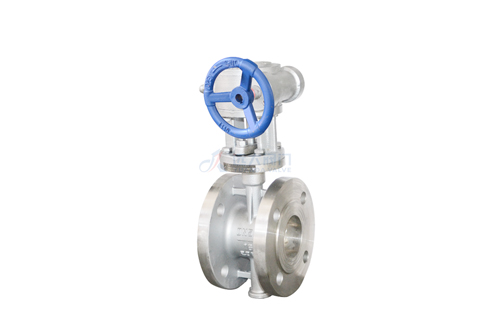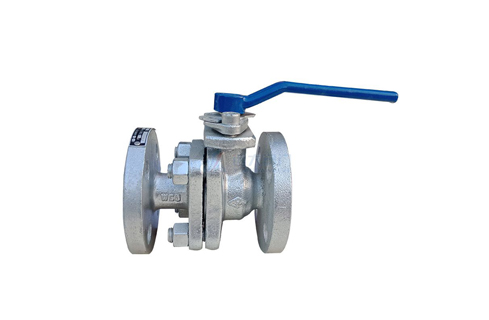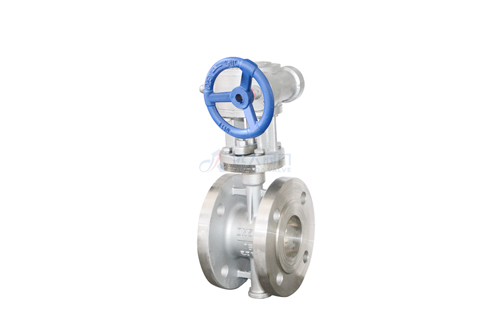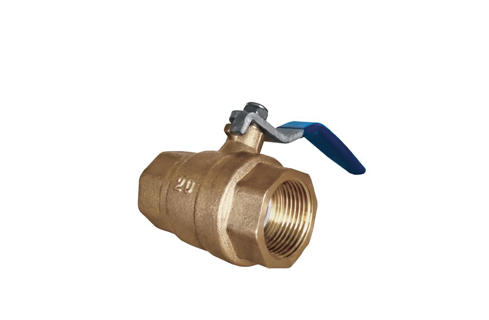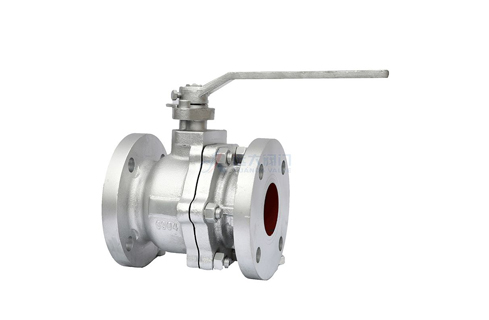The correct use, installation, and maintenance of the ball valve are very important, and it is also the content that the heating company must refer to when formulating operating procedures. Scientific management and maintenance of the ball valve during construction can not only ensure safety but also reduce construction and operation management. Ball valve suppliers will remind you to pay attention to the following aspects:
1) Use correct methods to load and unload the valve to avoid mechanical damage to the valve. When lifting the valve, do not tie the lifting belt to the valve stem or actuator for lifting. If the valve is operated in violation of regulations, the valve stem will bend, the valve stem seal will fail, and the turbine box will be destroyed.
2) Before the valve leaves the factory, the blind plates or covers should be sealed at both ends of the valve to prevent impurities such as water and sand from entering the valve cavity at the transportation and construction site, causing seal damage and corrosion.
3) At the construction site, the valves should be placed neatly and should not be placed randomly, otherwise the drain valve or the grease injection valve of the valve will be broken and damaged.
4) Before the welding construction of the fully welded ball valve, confirm that the valve is welded in the fully open position to avoid damage to the ball and scratches on the sealing surface caused by the welding spatter. The welding temperature between the valve seats is controlled at 140 degrees.
5) After the water pressure test is completed, the water in the valve cavity should be drained to prevent corrosion and freezing.
Daily maintenance of ball valves
1) For ball valves, regularly check the sealing performance of the valve and check it through the drain valve. If there is internal leakage, follow the steps.
2) According to the frequency of valve movement, inject a certain amount of grease into the valve seat. Generally, a proper amount of grease should be injected after the valve is moved once, and the amount injected each time is 1/8 of the sealing system to avoid impurities in the pipeline to the greatest extent. The back cavity of the valve seat affects the movement of the valve seat, thereby causing sealing failure, while ensuring that the sealing surface is always in a lubricated state, prolonging the service life.
3) For valves with small movements, open and close operations should be carried out once a year, and a certain amount of grease and cleaning fluid should be injected to avoid dry grinding of the ball during movement and reduce the operating torque of the valve.
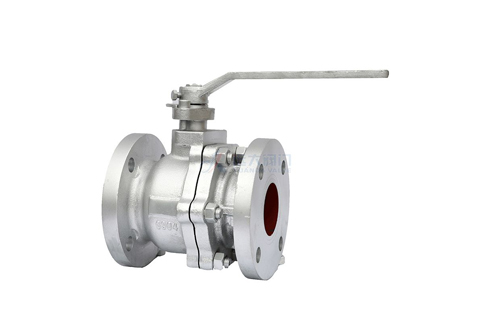
Ball valve
4) The ball valve should be maintained before winter. The key is to drain the water in the valve cavity and the water in the actuator to avoid freezing and freezing in winter, which will affect the function of use.
5) Add wear-resistant grease to the valve worm gear head actuator every year, regularly check the valve stem sealing, remove rust, and do external protection.
